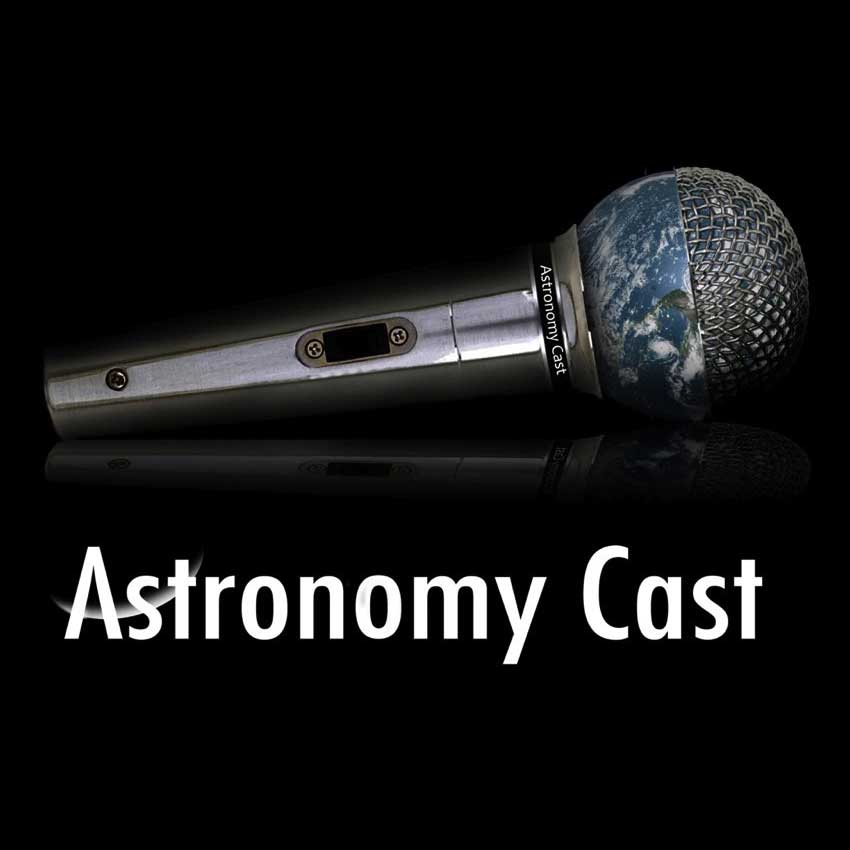Today we’re going to give you a guided tour of building planets. How they form, how they grow, and how things can go horribly horribly wrong.


Today we’re going to give you a guided tour of building planets. How they form, how they grow, and how things can go horribly horribly wrong.

Whenever astronomers discover something surprising, the answer often turns out to be dust. Dust obscuring our view, dust changing the polarity, dust warming things up, dust cooling things down. It’s always dust. Until it isn’t.

We’ve spent a lot of time gushing about Saturn’s rings, but there are other places with ring systems. And not just Jupiter and the ice giants, but asteroids, dwarf planets, centaurs and even exoplanets. Today let’s gush about them!

Ice is ice, right? You know, what you get when water freezes. Well, maybe here on Earth. But it can have different structures in the Universe. More about different forms of ice on today’s @AstronomyCast at #365DaysOfAstro

The DART mission showed us that we can push an asteroid off its trajectory if we have enough warning. Today we’ll talk about how humanity is building early warning systems to give us time to respond to a dangerous asteroid.

If you’re in dark skies and look up, you’re certain to see a satellite. Lots of them. But how can you know which one you’re seeing, and how can you improve your chances of a sighting?

We’ve talked about the rising problem of space junk. Okay, we know it’s an issue. So what can be done about it? Today we’ll talk about ideas to remove space junk, making sure space is open to use for the centuries to come.

We have talked about the laws that govern space exploration. This week the rubber hits the road. What are the consequences for actually breaking these rules? Are they really going to stop anyone?

Today we’re going to take things to the next level and get you drooling about bigger and better telescopes. If you’re serious about astronomy, what kinds of telescopes will give you the best bang for big bucks?

The Universe was inaccessible for most of human history, but the first tentative steps to space in the 20th Century made humanity realize that science fiction was becoming science reality. New rules would have to be written to govern how we used this limitless expanse. Today we’ll talk about the Outer Space Treaty of 1967.